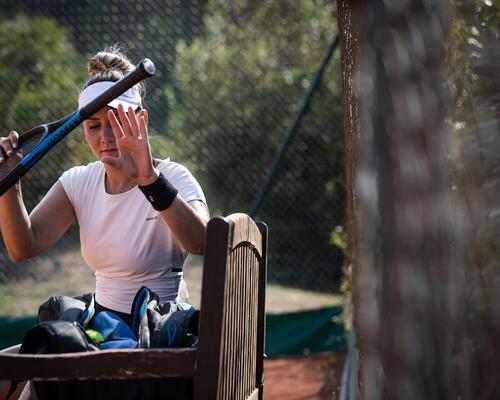Natural gut
It is made of several hundred natural micro-filaments from the small intestines of cows. That's right! They are from cows, not cats!
Benefits:
• Excellent tension retention;
• Excellent comfort;
• Excellent power;
Who for?
• Flat hitters who break very rarely (Over 20 hrs of play);
• Players looking for feel and power;
• Children, the elderly, and those with slower arm speeds;
• Regular players, playing 1 to 2 times a week.



